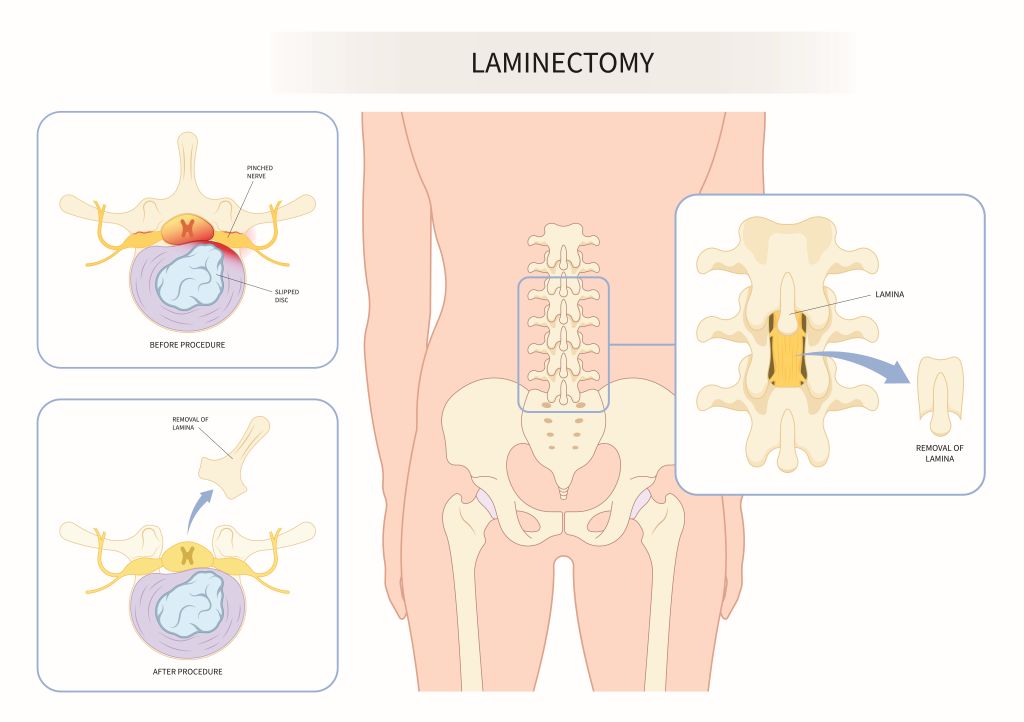The ligamentum flavum connects the vertebrae and helps maintain stability in the spinal column. Ligamentum flavum hypertrophy, also called ligamentum flavum thickening, refers to the abnormal thickening of this ligament. This condition is often age related and due to wear and tear. This can lead to compression of the spinal cord or nerve roots, causing pain and other symptoms.
The treatment options for ligamentum flavum hypertrophy depend on the severity of thickening. Mild thickening without significant symptoms can be treated conservatively with pain medications and physical therapy. More severe thickening leading to nerve compression may require epidural steroid injection or surgery.
Lets take a deeper look at these treatment options:
Conservative Management
Mild thickening without significant symptoms can be treated conservatively. These treatments include:
Medications
Nonsteroidal Anti-Inflammatory Drugs (NSAIDs) such as ibuprofen or naproxen, can help reduce pain and inflammation associated with ligamentum flavum hypertrophy. Acetaminophen (Tylenol) is another medication that can be taken in conjunction with NSAIDs to help relieve pain.
Physical Therapy
Physical therapy is a crucial component of non-surgical treatment. A licensed physical therapist will design a personalized exercise program to target specific muscle groups and improve spine flexibility.
Techniques may include stretching, strengthening exercises, and postural training to alleviate pressure on the ligamentum flavum.
Epidural Steroid Injections (ESI)
For cases of ligamentum flavum hypertrophy which are not received with conservative therapy, and epidural steroid injection (ESI) may be considered.

This procedure involves injecting a combination of local anesthetic and a corticosteroid into the epidural space around the spinal nerves.
The corticosteroid helps reduce inflammation and alleviate pain. It can provide relief for several weeks to months, allowing for physical therapy to be more effective.
Surgery
When ligamentum flavum hypertrophy causes significant symptoms and is not relieved with other treatment strategies, surgery may be considered.
A laminectomy is a surgical procedure aimed at relieving pressure on the spinal cord and nerve roots by removing a portion of the lamina, which is the protective bony covering over the back of the vertebrae. This process enlarges the spinal canal, creating more space for the nerves and reducing compression caused by conditions like ligamentum flavum hypertrophy

Conclusion
The treatment options for ligamentum flavum hypertrophy depend on the severity of thickening. Mild thickening without significant symptoms can be treated conservatively with pain medications and physical therapy. More severe thickening leading to nerve compression may require epidural steroid injection or surgery.
